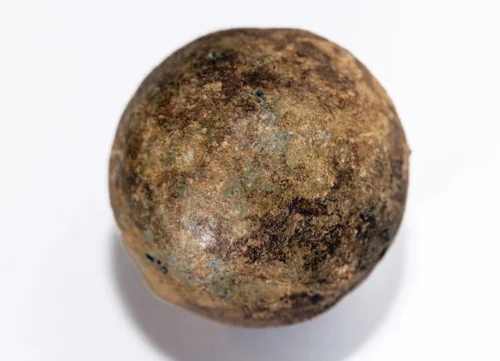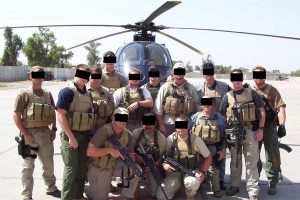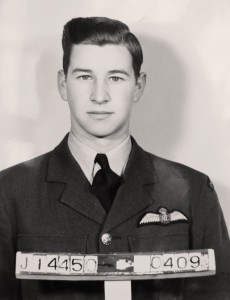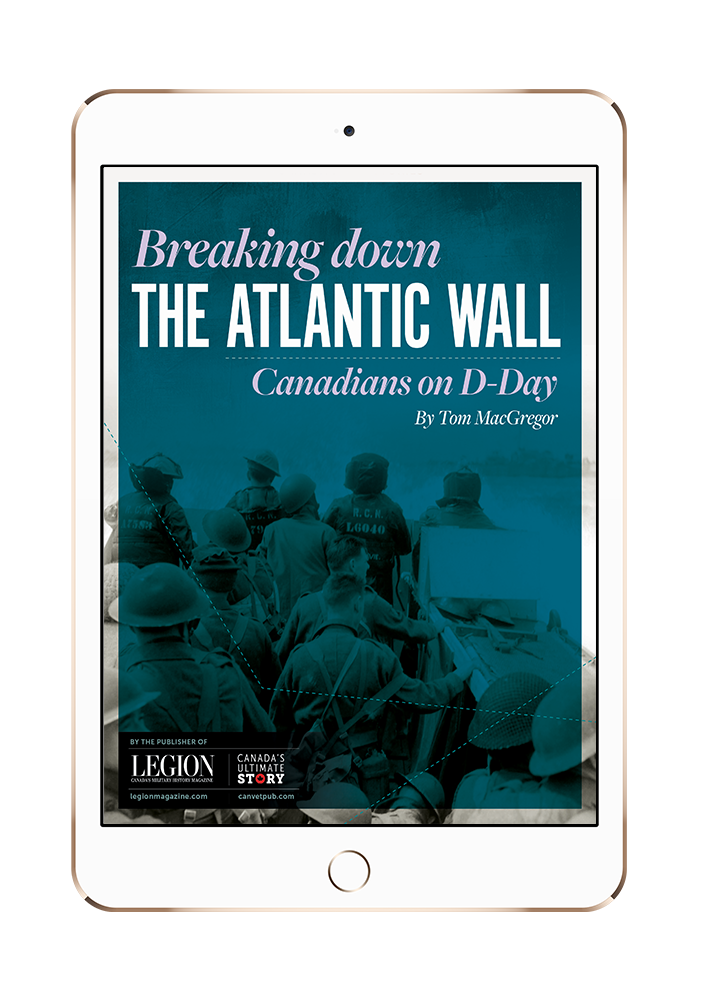
Archeologists working at Colonial Williamsburg in Virgina unearthed bricks that are believed to have been part of continental army barracks burned down by British forces during the American Revolution.
[Colonial Williamsburg Foundation]
The researchers have unearthed bricks and artifacts, including parts of weapons, ceramics, a belt buckle and a glass button. They also found lead musket balls riddled with teeth marks, apparently left by bored soldiers who, unaware of its laundry list of health risks, would chew on the sweet-tasting lead.
Eighteenth-century maps of the 1.2-1.6-hectare site and other historical documents have long suggested that military housing existed near what is now a visitor centre. It wasn’t until they began excavating last year, however, that researchers found bricks from the buildings’ chimneys.
Built in the midst of the 1775-1783 war for American independence, the barracks could house up to 2,000 soldiers and 100 horses. But they didn’t last.
British General Charles Cornwallis, a nephew of Halifax founder Edward Cornwallis, ordered his troops to set fire to the buildings in 1781 as they traveled east to fight what would prove to be the war’s decisive battle at Yorktown, Va.
A soldier’s report from the time describes the burning of the barracks by British troops.
“Later on, after the Cornwallis troops moved through, they could see the barracks on fire in the distance,” said Jack Gary, the Colonial Williamsburg Foundation’s executive director of archeology.
“For us as archeologists, this is a burning event, which is a catastrophic event. But it can also lend itself to really good preservation.”
Archeologists discovered the site as construction crews were preparing the property for a new sports centre. Colonial Williamsburg is now a 122-hectare living-history museum, complete with period re-enactors and hundreds of restored or recreated buildings from its time as capital of the 18th century Colony of Virginia.
“Archaeological evidence of continental barracks in Virginia is rare,” said a foundation statement. “This site, which was occupied from 1777-1781, is particularly valuable since it was built and used only for one purpose.
“In addition, a significant portion of the site has been largely undisturbed since the barracks were destroyed.”

Lead musket balls excavated at the site show signs of tooth marks, apparently left by soldiers who chewed the lead for its sweet taste.
[Colonial Williamsburg Foundation]
Archeologists have excavated only a small section of the barracks area in Williamsburg.
The impending Battle of Yorktown effectively ended British rule over the colonies and gave birth to a new nation.
“After six years of war, both the British and Continental armies were exhausted,” says an account by the American Battlefield Trust. “The British, in hostile territory, held only a few coastal areas in America.
“On the other side of the Atlantic, Britain was also waging a global war with France and Spain. The American conflict was unpopular and divisive, and there was no end in sight.
“For the colonies, the long struggle for independence was leading to enormous debt, food shortages, and a lack of morale among the soldiers. Both sides were desperately seeking a definitive victory.”
Faced with a choice in the spring of 1781 between striking at the British in New York City or heading south to Yorktown where Cornwallis’s troops were garrisoned, General George Washington and his French ally, Lieutenant-General Comte de Rochambeau, bet on the south.
There they were assured critical naval support from the French fleet and, so, marched more than 600 kilometres from their headquarters north of New York City to Yorktown. It was the largest troop movement of the Revolution.
Outnumbered and outfought during a three-week siege, the dwindling British forces finally surrendered on Oct. 19, 1781. They had lost 142 killed and 326 wounded; more than 7,400 were taken prisoner after what would be the war’s last major land battle.
But still, the British had 30,000 men in North America, occupying the seaports of New York City; Charles Town, W.Va.; and Savannah, Ga. But the their demoralizing loss at Yorktown diminished the British will to continue the fight.
Peace negotiations began the following April; preliminary articles of peace were signed in November 1782, and the formal end to the war came with the Treaty of Paris in 1783.
As of July 2025, archeologists have excavated only a small section of the barracks area in Williamsburg. Meanwhile, the sports centre has been relocated to allow unfettered exploration.
“What we know about the barracks from historical documentation is that, in August 1776, just a month after the signing of the Declaration of Independence, the Commonwealth of Virginia ordered the construction of those barracks,” said Gary.
Experts hope that as the Williamsburg excavation moves along, they will discover more about period life in the continental army.
Advertisement





















